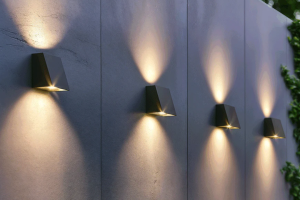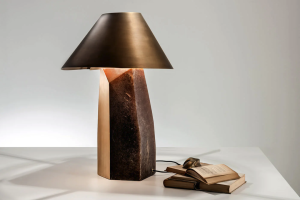Introduction
As the world becomes more environmentally conscious, the importance of sustainable and low energy products increases. One of the most significant areas where energy can be conserved is through lighting. Traditional incandescent light bulbs convert a very small percentage of the energy they receive into light, with the rest being lost as heat. In contrast, low energy lamps, such as LED and CFL bulbs, use significantly less energy while providing the same level of illumination. This article explores the benefits of low energy lamps and why they are the future of sustainable lighting.
What are Low Energy Lamps?
Low energy lamps, also known as energy-efficient lamps, are designed to convert more of the electrical energy they consume into light, rather than heat. The most common types of low energy lamps are LED and CFL bulbs.
LED (Light Emitting Diode) bulbs use a semiconductor to create light. They are extremely energy-efficient and can last up to 25 times longer than traditional incandescent bulbs. LED bulbs do not contain mercury and emit very little heat. Furthermore, they can be customized to create a wide range of colors and are available in a variety of shapes and sizes.
CFL (Compact Fluorescent Lamp) bulbs are another type of low energy lamp that has gained widespread popularity. They contain a small amount of mercury vapor that creates ultraviolet light when electricity passes through it. This ultraviolet light is then converted into visible light by a phosphorescent coating on the inside of the bulb. CFL bulbs are notable for their energy efficiency and can last up to 10 times longer than traditional incandescent bulbs.
Benefits of Low Energy Lamps
There are several benefits to using low energy lamps over traditional incandescent bulbs. Firstly, low energy lamps are far more energy efficient. This means that they use significantly less electricity, which can have a significant impact on energy bills. Secondly, low energy bulbs are designed to last significantly longer than incandescent bulbs. This not only means that they need to be replaced less frequently, but also has a positive impact on the environment by reducing the number of bulbs that are thrown away. Furthermore, low energy bulbs produce far less heat than traditional bulbs. This can lead to a reduction in air conditioning costs, particularly during hot summer months. Finally, low energy lamps have a lower carbon footprint than traditional bulbs. This is because they are designed to use less energy, which reduces the amount of fossil fuels needed to produce electricity.
The Future of Sustainable Lighting
As the world continues to shift towards a more sustainable and environmentally-friendly future, low energy lamps are likely to become increasingly popular. There are several factors that are driving this trend. Firstly, governments around the world are introducing legislation to phase out incandescent bulbs and encourage the use of low energy lamps. This includes the EU’s decision to ban the sale of incandescent bulbs from 2020 onwards. Secondly, as the technology behind low energy bulbs continues to improve, they are becoming increasingly affordable and accessible. This means that individuals and businesses are able to make the switch to low energy lighting without having to incur significant costs. Finally, there is growing awareness about the importance of sustainability and reducing our carbon footprint. As a result, consumers are increasingly choosing to purchase low energy products, including lamps.
Conclusion
Low energy lamps are an important part of the future of sustainable lighting. By using less electricity and lasting significantly longer than traditional bulbs, they offer a range of benefits that make them an attractive alternative. Additionally, as governments around the world continue to introduce legislation to phase out incandescent bulbs, low energy lamps are likely to become even more popular in the coming years. Ultimately, by making the switch to low energy lamps, individuals and businesses can make a significant contribution towards reduci



More Posts
Stunning Vintage Opaline Lights: Illuminating Homes with Timeless Elegance
Bringing Versatility to Light: Exploring the Benefits of Dual Light Technology
Shining Light on E14 Bulbs: The Ultimate Guide to Understanding and Using Them